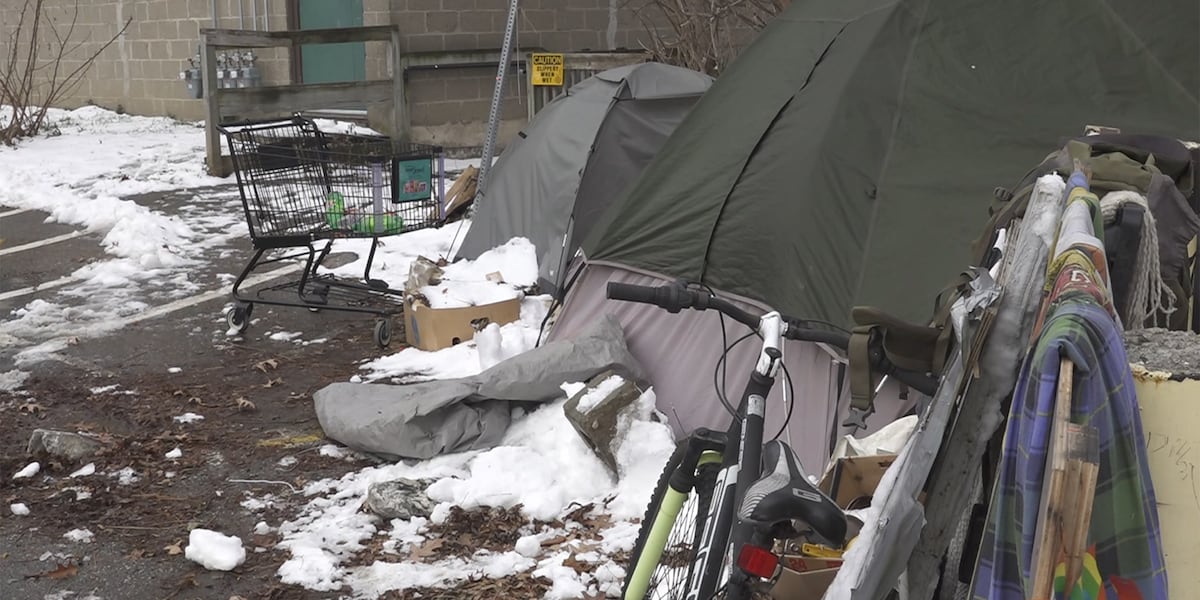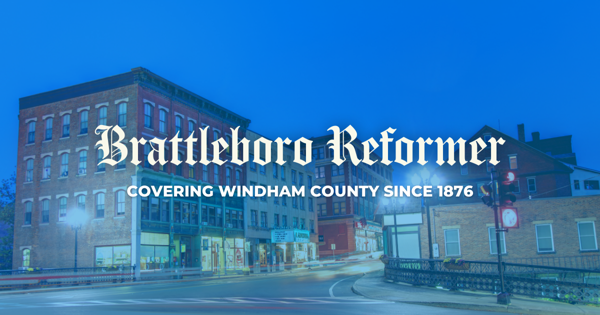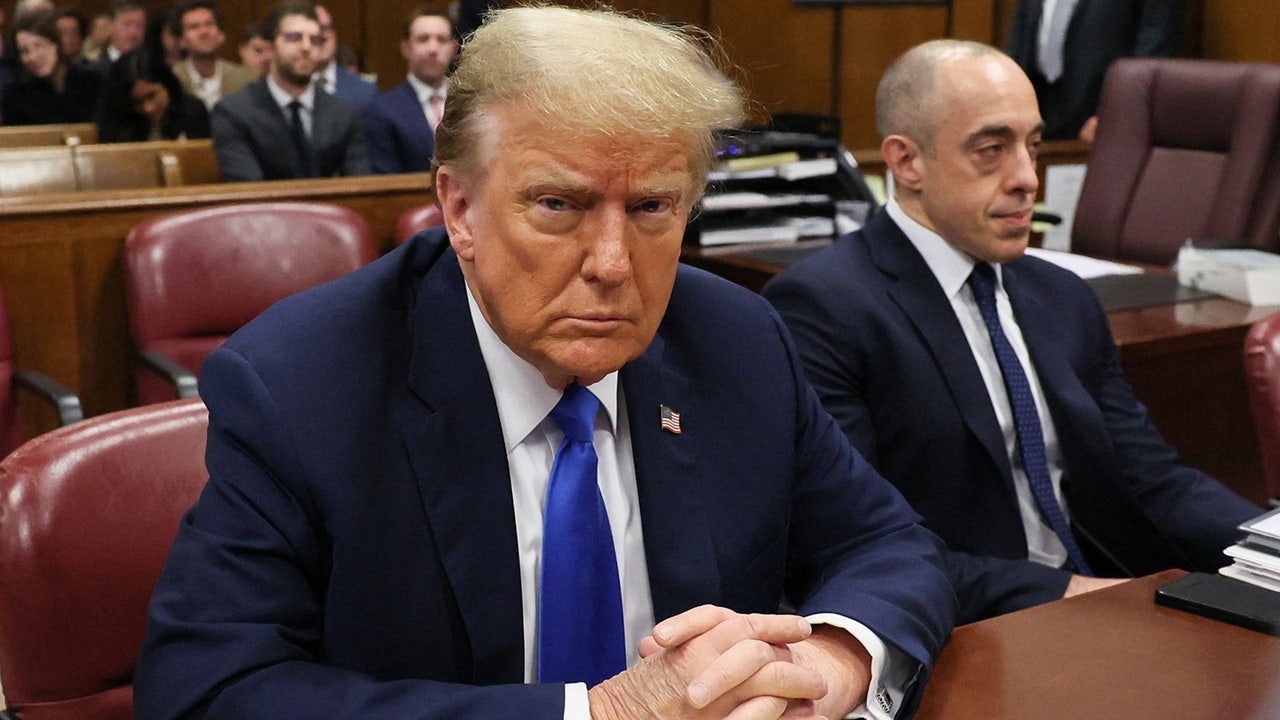Abundant housing is the cornerstone of an affordable, vibrant and inclusive Vermont. Yet today that vision of our beloved state is at risk as we face an unprecedented housing shortage that threatens not only our economy but the very fabric of our communities.
The statistics are stark: Vermont has the second-highest homelessness rate in the country. The median home price has soared beyond the reach of working Vermonters. Half of all renters are cost-burdened, and one in four spend more than half of their income on housing. Yet despite these intense demand pressures, for the past 15 years the state’s growth rate of new, permanent homes has only been about 1/3 the rate of the 1980s. These numbers point to a simple but painful truth: too many Vermonters cannot afford a place to call home.
The housing crisis doesn’t exist in isolation—it ripples through every corner of our state’s social and economic systems. With Vermont’s population aging, the lack of housing exacerbates challenges in health care and education, making these systems increasingly unaffordable and unsustainable. Unless we change course, we face the closing of more rural hospitals and schools, further hollowing out many communities.
Instead, we must step up with impactful solutions that rebuild and reinvigorate our state. Addressing the housing crisis isn’t just about shelter — it’s about creating a larger tax base, bringing more families into our state and children into our schools, and fostering vibrancy and diversity in our towns.
A report by the Vermont Housing Finance Agency (VHFA) last summer highlighted the scale of the challenge: Vermont needs 30,000 new homes by the end of 2029. To achieve this, we must double our housing production rate from the last decade and sustain it. This is a tall order, but it is possible — if we commit to decisive, sustained action.
We’ve seen what’s achievable when we make housing a priority. From 2012 to 2024, Burlington increased its housing production by 400%. This was no accident; it was the result of targeted regulatory changes, quadrupled investment in the local Housing Trust Fund, major infrastructure upgrades, and public-private partnerships like those at CityPlace and Cambrian Rise.
What worked in Burlington can work across Vermont, but it requires a statewide effort. This crisis is not an accident; it is largely the result of decades of overly restrictive land use and development policies that have made it far too difficult to build the homes we need. The HOME Act and Act 250 reforms of last two-years were important steps in the right direction, but that legislation is just a start. In the coming biennium we need bold reforms and investments in three key areas:
Infrastructure Investment: Only a small percentage of Vermont is served by adequate water and sewer infrastructure, and even in those areas, new housing often requires significant upgrades. Expanding this infrastructure is essential, and revenues generated by new housing can fund this investment. However, Vermont’s restrictive and convoluted tax increment financing (TIF) laws make it difficult to direct those revenues back into housing infrastructure. A new Housing Infrastructure Program could transform how Vermont funds the essential upgrades needed to support housing development.
Appeals Reform: Vermont’s current appeals system gives a single individual the power to delay, or even derail, housing projects our communities have planned for and need. This “vetocracy” drives up costs and kills projects before they can get off the ground. Public engagement must happen early in the process, during discussions about growth areas and land use policies. Once those policies are set, property owners and housing developers need the ability to move forward “by right,” without the threat of years of costly delays.
Act 250 Tier Maps that Enable Growth: Last year’s reforms to Act 250 represent a promising step, but the process of drawing tier maps is in early stages, leaving considerable uncertainty about whether the reforms will ultimately significantly expand housing opportunities or simply lead to more of the same. We need to finish the job and ensure that in the future Act 250 supports, rather than hinders, the housing development in established communities and targeted growth areas that Vermont desperately needs.
But policy changes alone won’t be enough. To truly solve this crisis, we must embrace a vision of Vermont’s future that balances our cherished natural beauty with the need for growth and diversity. A Vermont where everyone who wants to live, work, and raise a family here can do so.
There is a movement building to achieve this vision—a Vermont that is bigger, more dynamic, and more inclusive. It will take all of us to make it a reality. To learn more and join the effort, visit letsbuildhomes.org.
Together, we can create a future where everyone has a place to call home.

























/cdn.vox-cdn.com/uploads/chorus_asset/file/24982514/Quest_3_dock.jpg)





